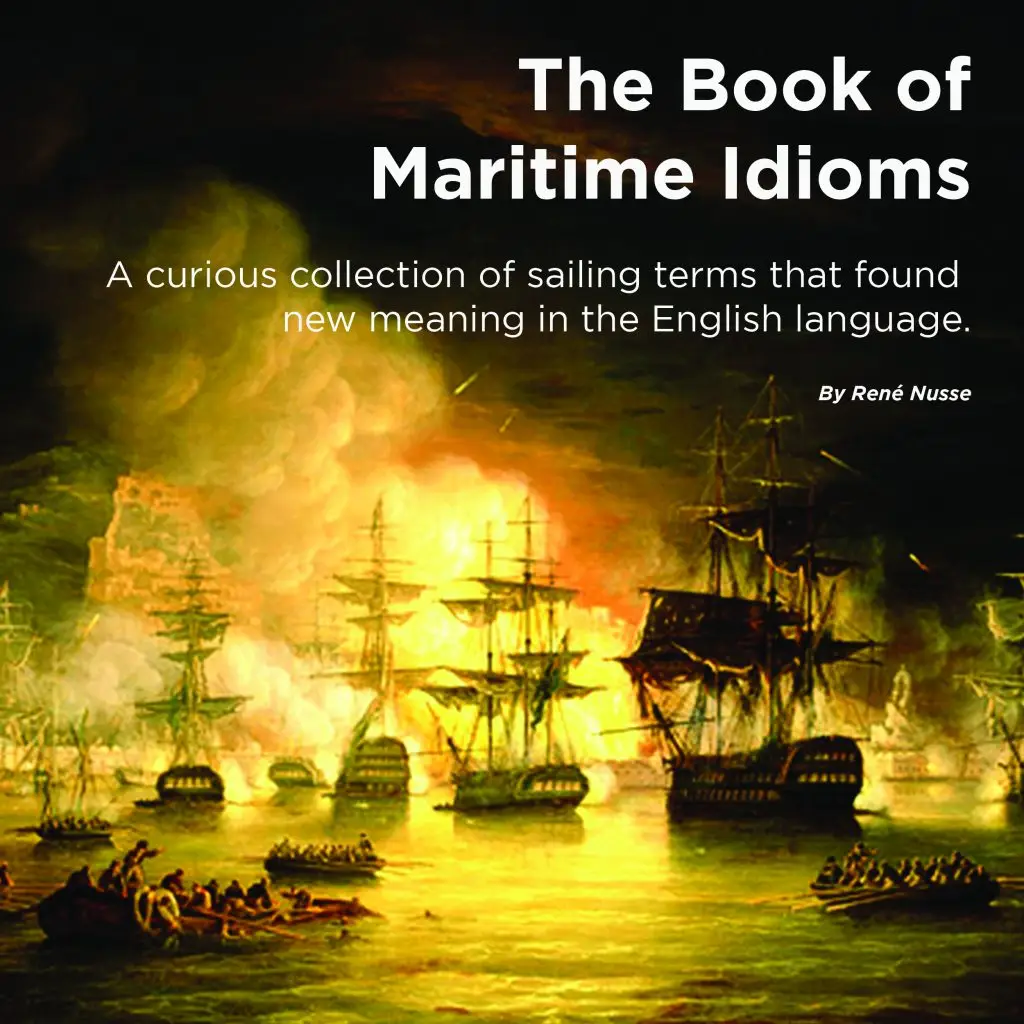Why do sailors put a coin under the mast?
Sailors often place a coin under the mast during a ship’s construction or commissioning as part of a long-standing maritime tradition thought to bring good luck and protection to the vessel. This practice is commonly called “placing a coin under the mast” or “putting a coin under the keel.”
Historical Significance and Symbolism:
Tradition and Superstition:
- The act of placing a coin under the mast is steeped in nautical superstition and rituals. Sailors have long believed doing so will bring good fortune and ensure the ship’s voyages are safe. In many cultures, the idea of placing a coin on a boat or under the keel symbolises payment for safe passage.
- In ancient times, this practice was linked to paying homage to Poseidon (the Greek god of the sea) or similar sea deities, and the coin was thought to be a kind of “payment” or offering to ensure protection and safe travel.
Symbol of the First Step:
- In some traditions, the coin placed under the mast is considered a symbolic first “step” or “foundation” for the ship. The coin represents the first piece of a long journey and is a reminder that the ship and its crew are entering the unknown and must be blessed by forces greater than themselves. In a sense, the coin becomes part of the ship’s “soul.”
Keel Coins:
- In addition to placing a coin under the mast, some sailors place a coin under the keel when the ship is first launched. This act is sometimes referred to as the “keel coin” tradition. The keel is the central structure of the boat, running along the bottom, and is considered the ship’s backbone.
- The placement of a coin under the keel has symbolic significance, as it represents the ship’s foundation, its beginning, and its protection against the dangers of the sea. It’s sometimes said that the coin gives the boat a “solid base” for its voyages.
Specific Customs:
Coins from Different Nations:
- Sometimes, sailors or shipbuilders will use a coin of particular significance from the ship’s home country or even a coin with a specific date or engraving that holds meaning to the ship or its crew. The coin might also be inscribed with a name or a special message for the crew.
Timing:
- The tradition is typically performed during the building of a new ship, before the mast is raised, or sometimes as part of a launching ceremony. It marks the ship’s transition from construction to becoming a living entity, ready to face the challenges of the sea.
Other Nautical Traditions:
- This practice is part of a broader collection of maritime superstitions, such as the idea of a ship needing to be “christened” (often with champagne or wine) to ensure good luck and to ward off bad spirits.
- Ships that are not properly “christened” or lack a coin under the keel or mast are thought to be unlucky and may encounter misfortune or bad weather during their journeys.
Modern Interpretations:
- Today, placing a coin under the mast or keel is ceremonial. However, some sailors still observe it for good luck and as a way of honouring the ship’s history and the maritime customs that have been passed down through the generations.
- It’s not only the coin that matters but also the spirit of the tradition. By continuing such practices, sailors maintain a connection to the centuries of seafaring history and the belief in the forces of nature that affect their voyages.
Placing a coin under the mast is an old maritime tradition rooted in symbolism, superstition, and the desire for good fortune and protection. While the practice may vary slightly between cultures and types of vessels, its core meaning—wishing safety and success for the ship and its crew—remains a shared aspect of seafaring culture.

NAVIGATION RULES CLINIC + BASIC SAIL TRIM COURSE
Author
-

Rene is a keelboat instructor and sailing coach in the Mandurah area WA. He is also the author of several books about sailing including "The Book of Maritime Idioms" and "Renaming your boat".
View all posts


